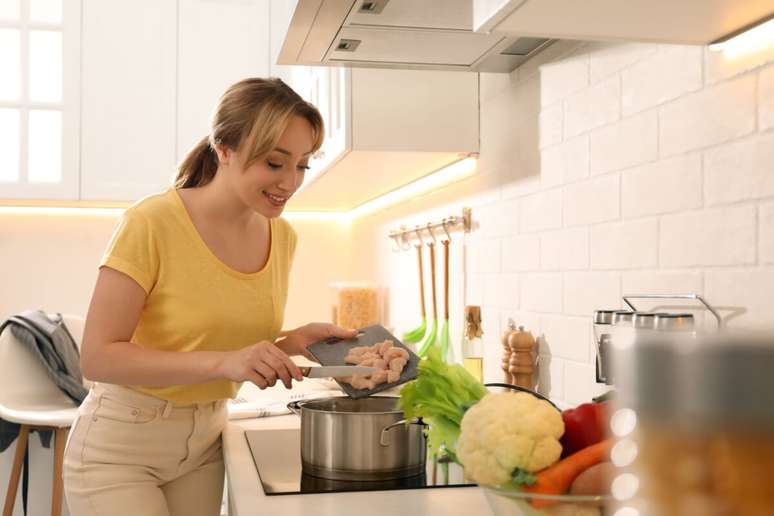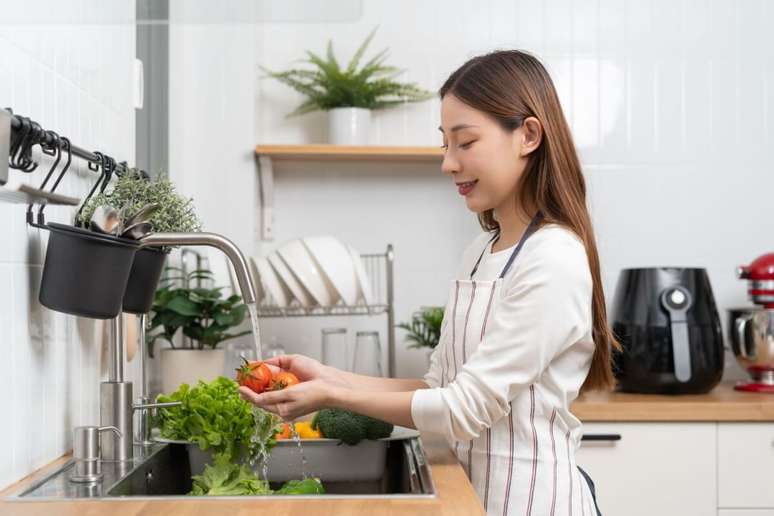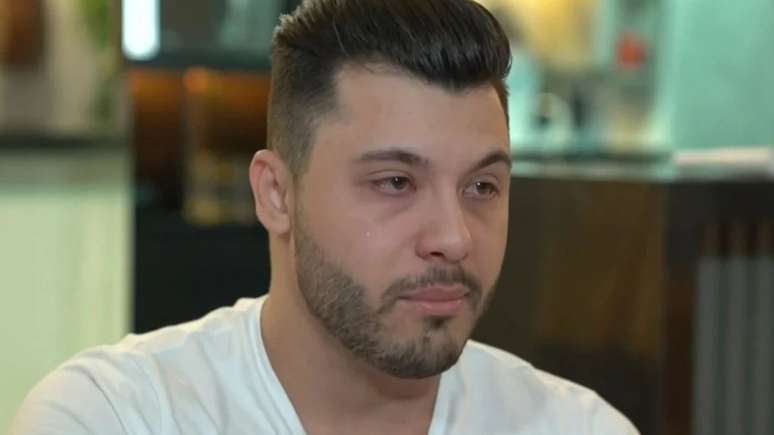Small changes in food preparation and handling can prevent illness, hospital admissions and even deaths
Cooking is a daily act that goes far beyond preparing a meal: it involves care and responsibility for one’s health. However, small, seemingly harmless habits can turn into big risks when it comes to food safety. According to the World Health Organization (WHO), diseases transmitted by food They cause more than 600 million cases and 420,000 deaths worldwide every year.
Symptoms of food poisoning appear within a few hours to a few days after consumption: nausea, vomiting, fever, diarrhea and abdominal pain. “If there are signs of dehydration or persistent symptoms, it is essential to consult a doctor,” advises food safety specialist Paula Eloize.
You risk washing raw chicken
One of the most dangerous habits in the home kitchen is precisely what many believe to be a hygienic measure: washing raw chicken. Although it seems like a precaution, this practice is actually risky since, according to Paula Eloize, it spreads invisible bacteria throughout the kitchen. “Water does not eliminate bacteria. On the contrary: it carries microorganisms from the chicken to sinks, dishes, utensils, countertops and even the hands and clothes of those who raise them,” he explains.
Among the most dangerous pathogens associated with chicken are Salmonella and the Campylobacterbacteria that can cause serious gastrointestinal infections, high fever, severe diarrhea and, in the most serious cases, hospitalizations and deaths. “Many people believe they are making their food cleaner, but they are turning their kitchen into a source of cross-contamination,” points out Paula Eloize.

Heat is the only ally of safety
Water droplets scattered during meat washing can travel up to one meter away, contaminating surfaces, sponges, cloths and ready-to-eat foods. consumption. No amount of washing can eliminate pathogenic bacteria. The only safe way is to cook. The chicken must reach at least 74°C for the heat to destroy the microorganisms. “Heat is the only ally of safety. Water only spreads the problem”, summarizes the expert.
Habits to avoid in the kitchen
Below, Paula Eloize lists habits that should be avoided in the kitchen to protect yourself from food poisoning. Check!
1. Leave ready-made foods out of the refrigerator
Bacteria multiply rapidly between 5°C and 60°C, the so-called “danger zone”. Bring prepared foods refrigerator within two hours of preparation.
2. Use the same board for meat and vegetables
Cross cutting is one of the most serious errors. Have exclusive tabs for meats and for vegetables.
3. Not cleaning fruits and vegetables properly
Wash well under running water and immerse in a sanitizing solution suitable for food, respecting the time indicated on the label.
4. Consume raw or undercooked eggs
Raw eggs may contain Salmonella. Choose pasteurized eggs and cook them until the yolk is hard.
5. Use unpasteurized milk and dairy products
Raw milk may contain bacteria such as Listeria AND Escherichia coli — dangerous especially for pregnant women, the elderly and children.
6. Handle food without washing your hands
Contamination starts with the hands. Always wash them before and after handling any raw food.
More than a question of cleanliness, the safety food is a global public health issue. “Knowledge saves lives. Small changes in preparation and handling can prevent illnesses, hospital admissions and even deaths. Food safety is not a luxury, it is a responsibility”, concludes the expert.
By Juliana Farias
Source: Terra
Ben Stock is a lifestyle journalist and author at Gossipify. He writes about topics such as health, wellness, travel, food and home decor. He provides practical advice and inspiration to improve well-being, keeps readers up to date with latest lifestyle news and trends, known for his engaging writing style, in-depth analysis and unique perspectives.









